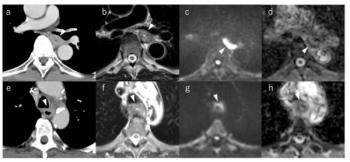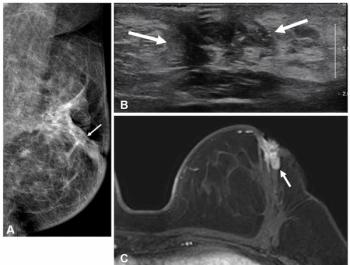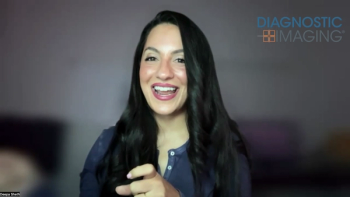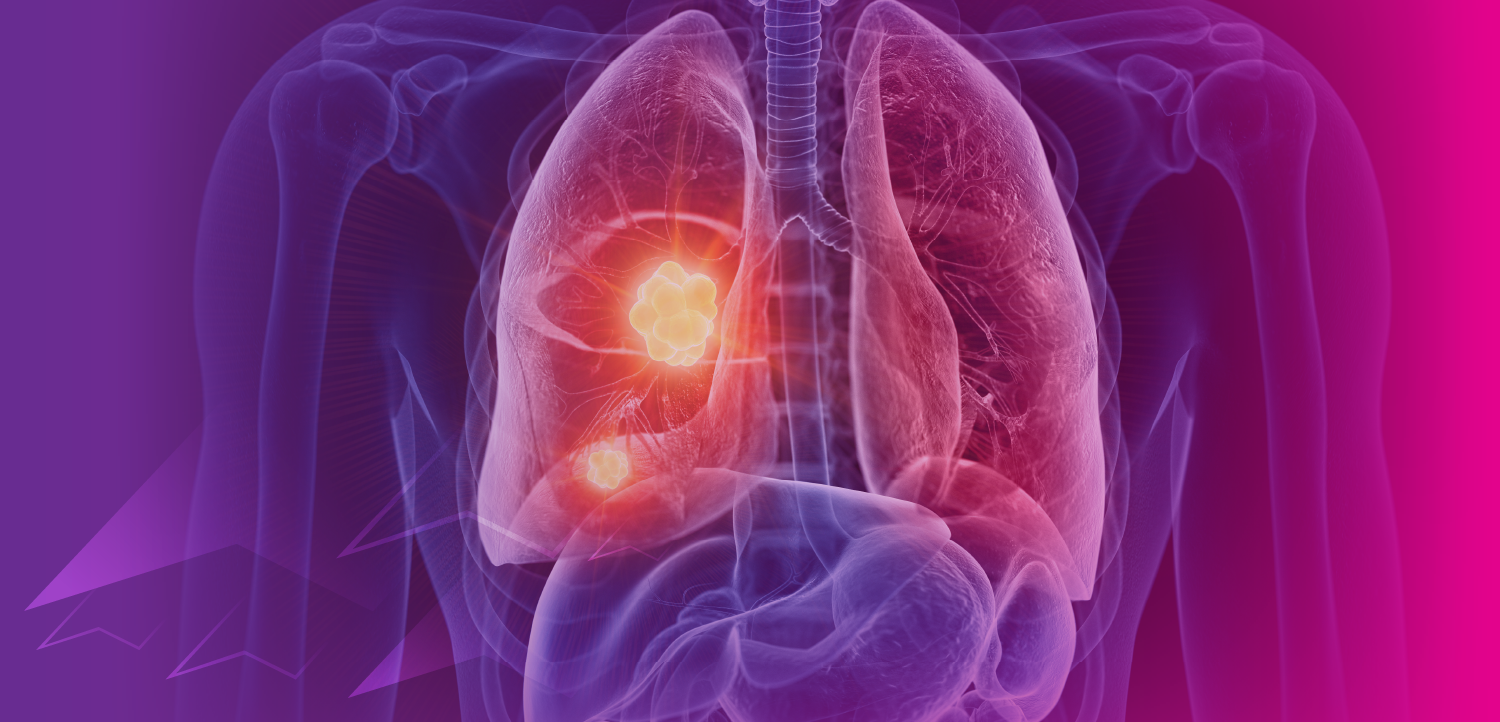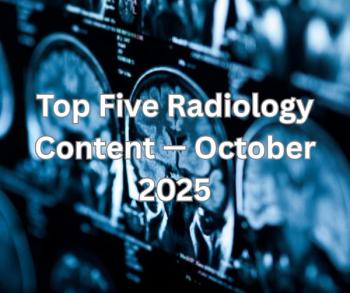
Multi-Frame MRI Technique Identifies Artery Wall Thickness
Time-resolved multi-frame MRI provides better detects significant differences in coronary artery wall thickness, allowing docs to ID early-stage coronary disease.
Time-resolved multi-frame MR imaging provides a greater ability to detect significant differences between coronary artery wall thickness measurement, allowing physicians to identify early-stage coronary disease, according to a study online in the journal Radiology.
Thickening of the vessel wall is an early indicator of atherosclerosis but obtaining images of coronary arteries is difficult because they are small and constantly in motion.
Researchers from the National Institutes of Health investigated the use of multi-frame MRI to see if multiple images would improve their chances of obtaining a clear image. Using both a single-frame MRI scan and a time-resolved multi-frame acquisition, which captures five continuous images, the researchers assessed 13 men and 13 women (average age 48 years) who had at least one risk factor for coronary artery disease (CAD), and 12 healthy controls matched to the patients by body mass index.
The researchers found that the multi-frame method provided a usable image in 90 percent of cases while the single-method frame only provided usable images in 76 percent.
“These results suggest that MRI may be used in the future to screen for individuals at risk for coronary artery disease and may be useful for monitoring the effects of therapies,” lead researcher Khaled Z. Abd-Elmoniem, PhD, a staff scientist at the Biomedical and Metabolic Imaging branch of the NIH’s National Institute of Diabetes and Digestive and Kidney Diseases, said in a release.
Unlike blood tests that measure cholesterol and lipid levels, which are possible indicators of atherosclerosis, coronary artery wall thickness is a direct measurement of early-stage CAD, Abd-Elmoniem said.
Newsletter
Stay at the forefront of radiology with the Diagnostic Imaging newsletter, delivering the latest news, clinical insights, and imaging advancements for today’s radiologists.

